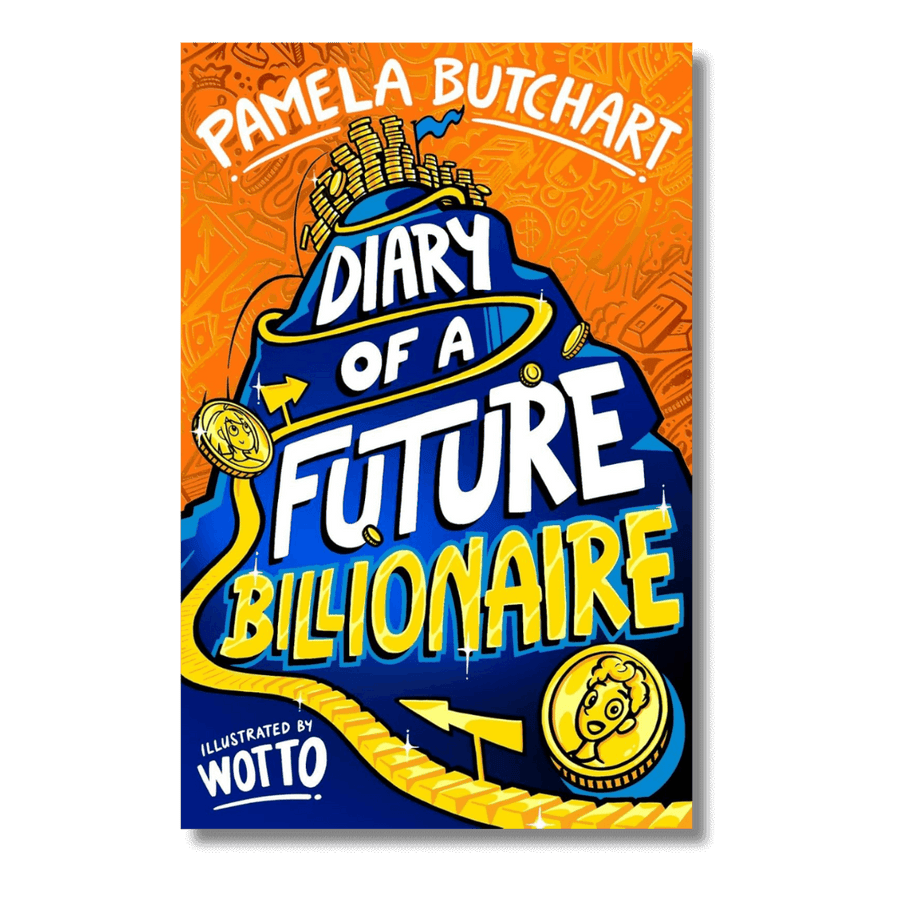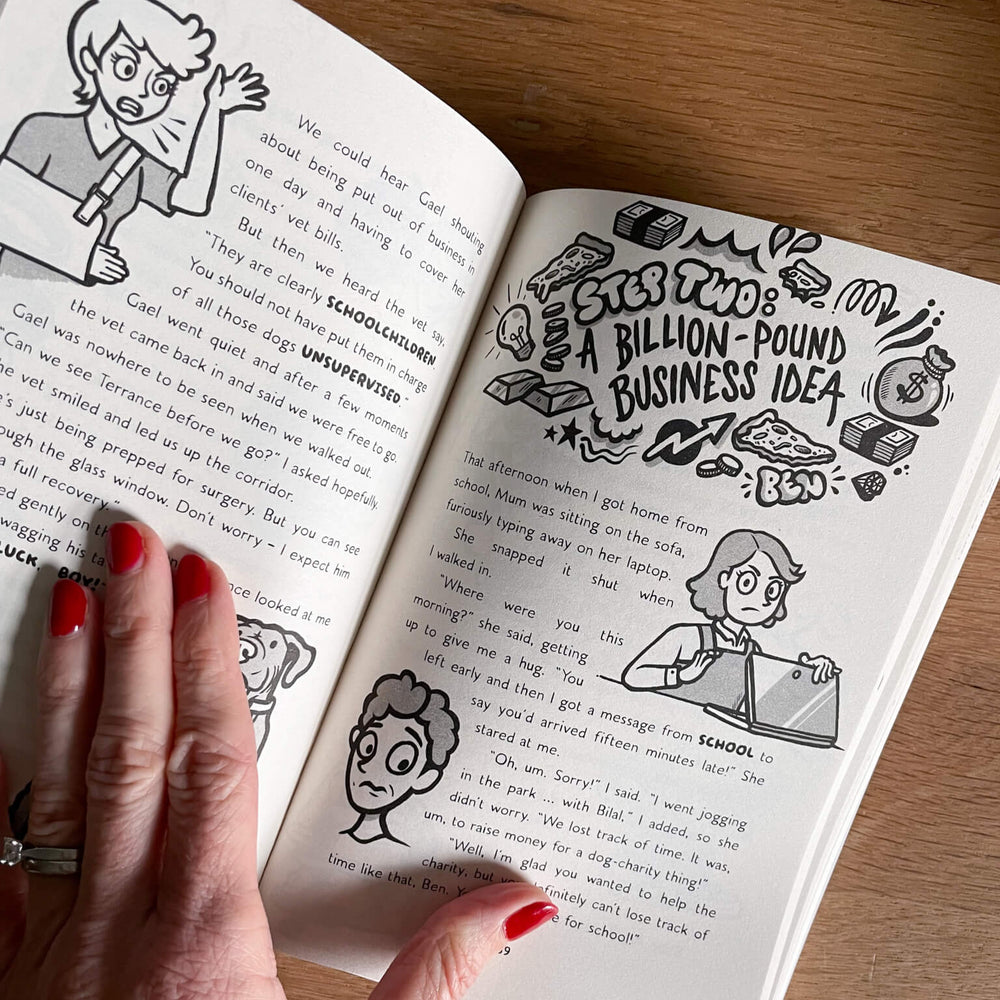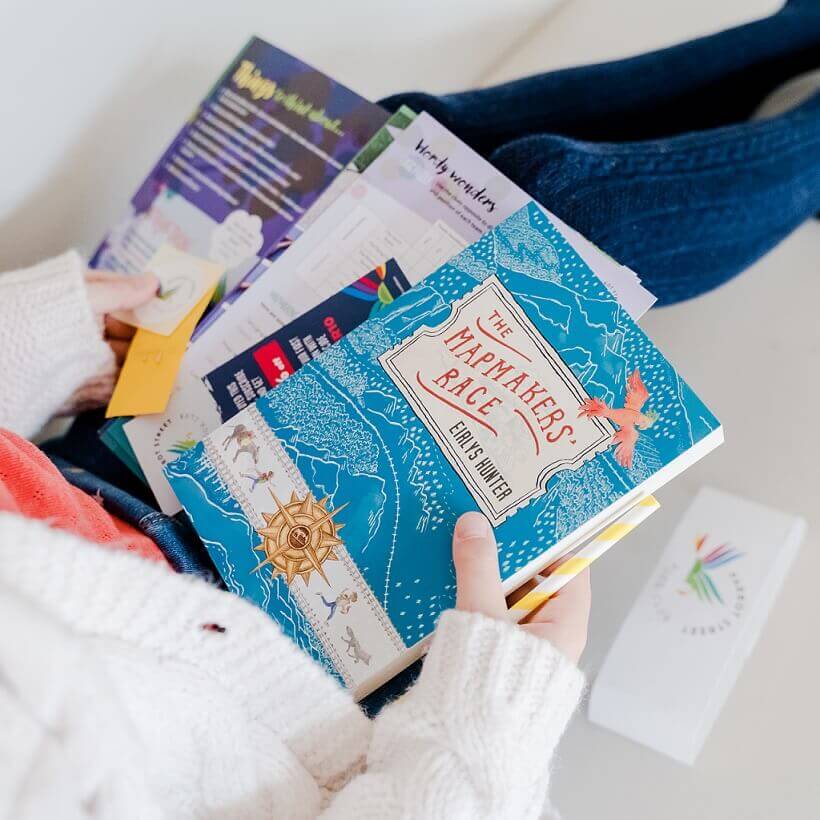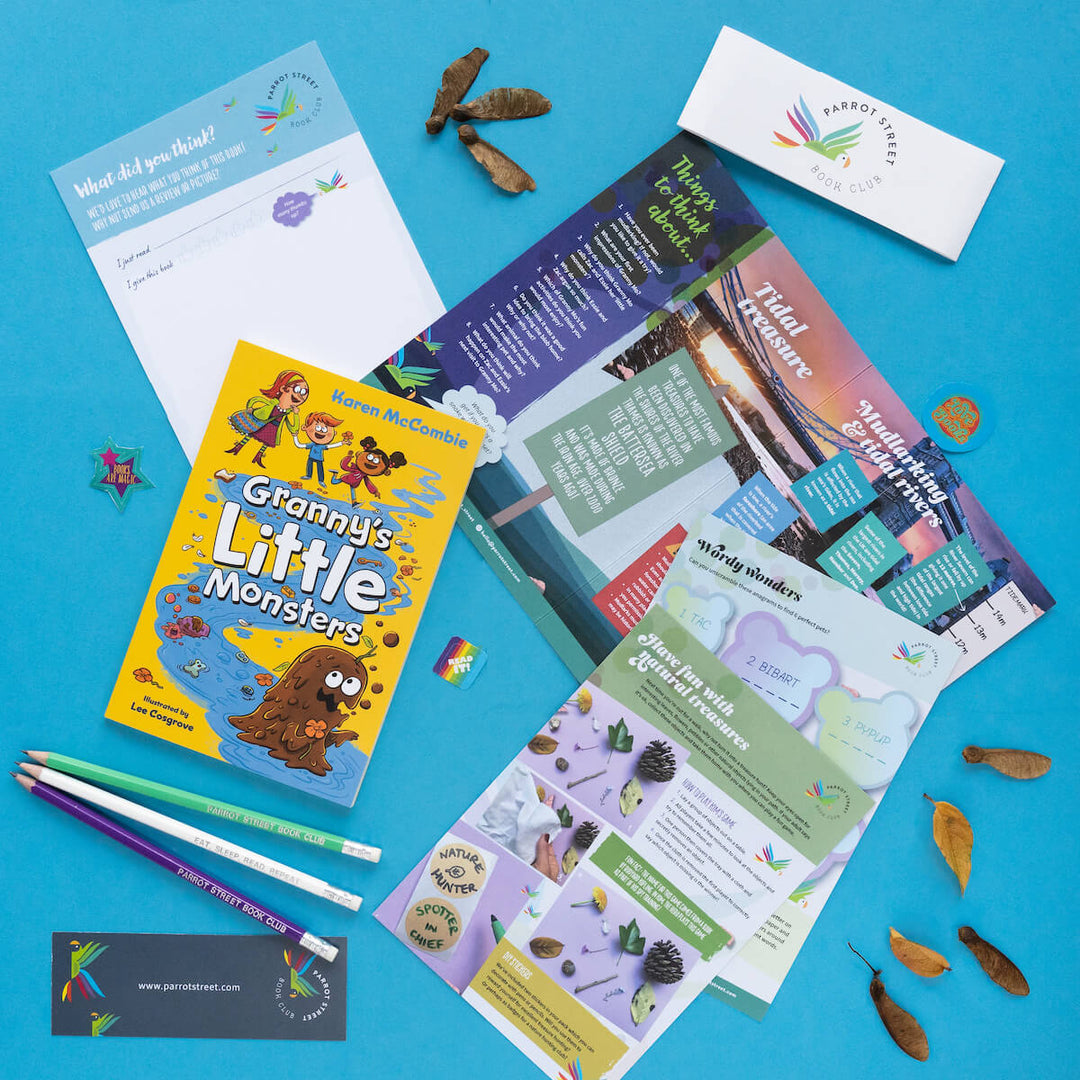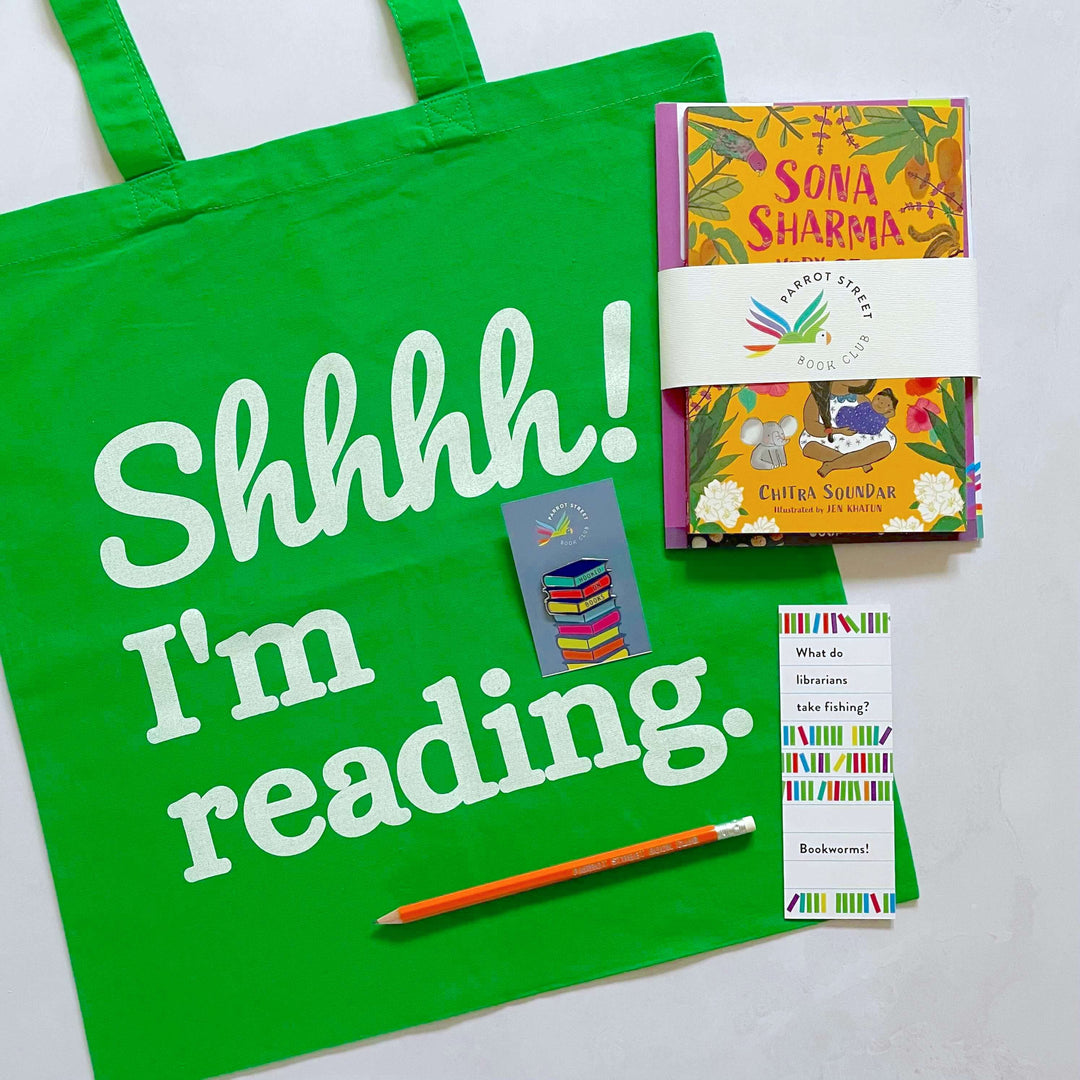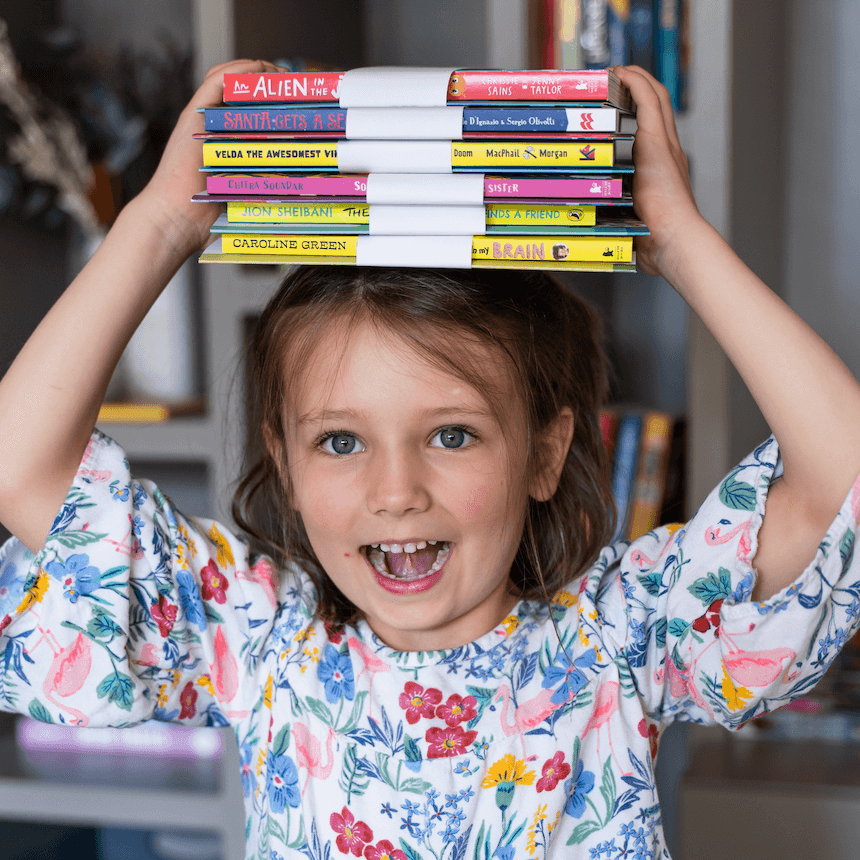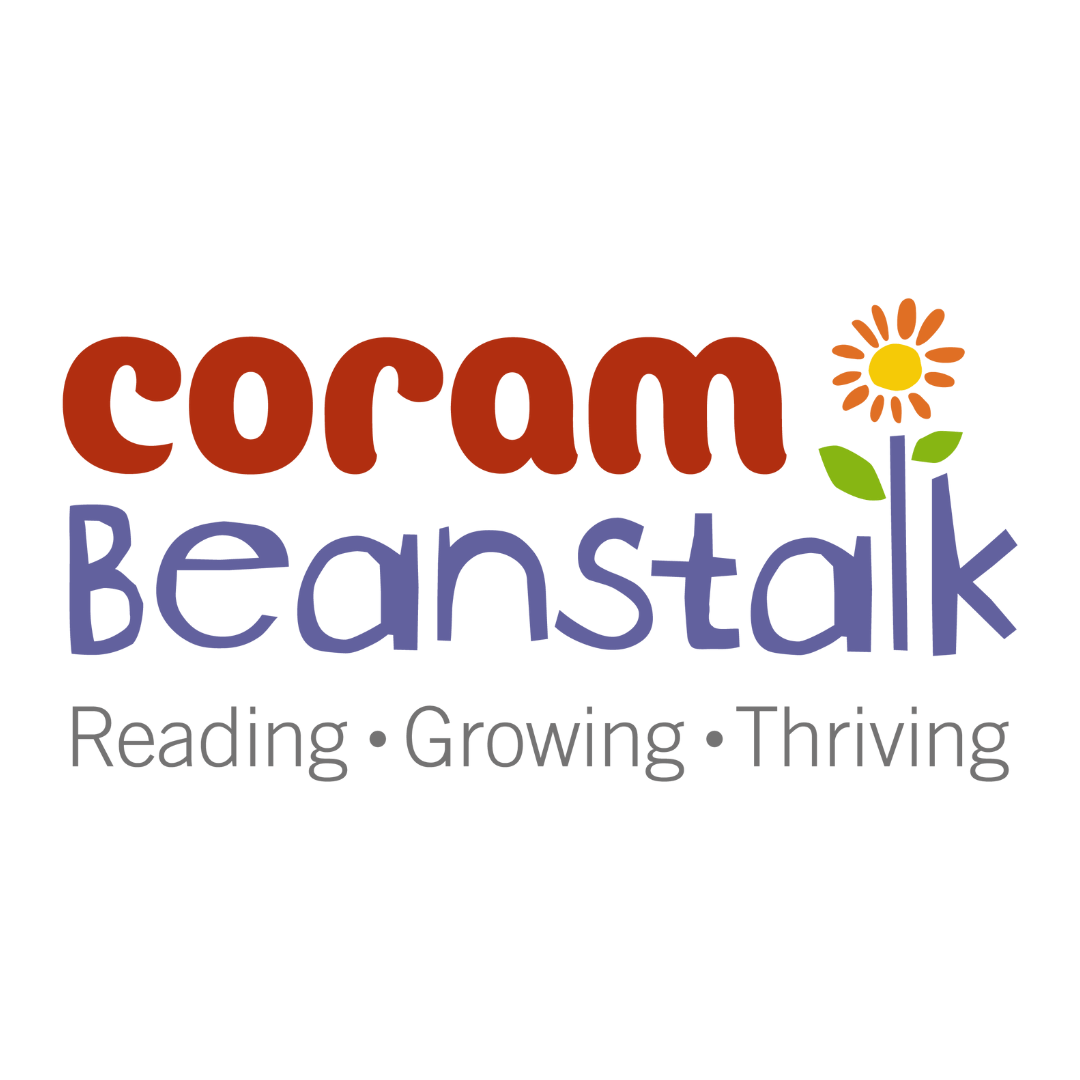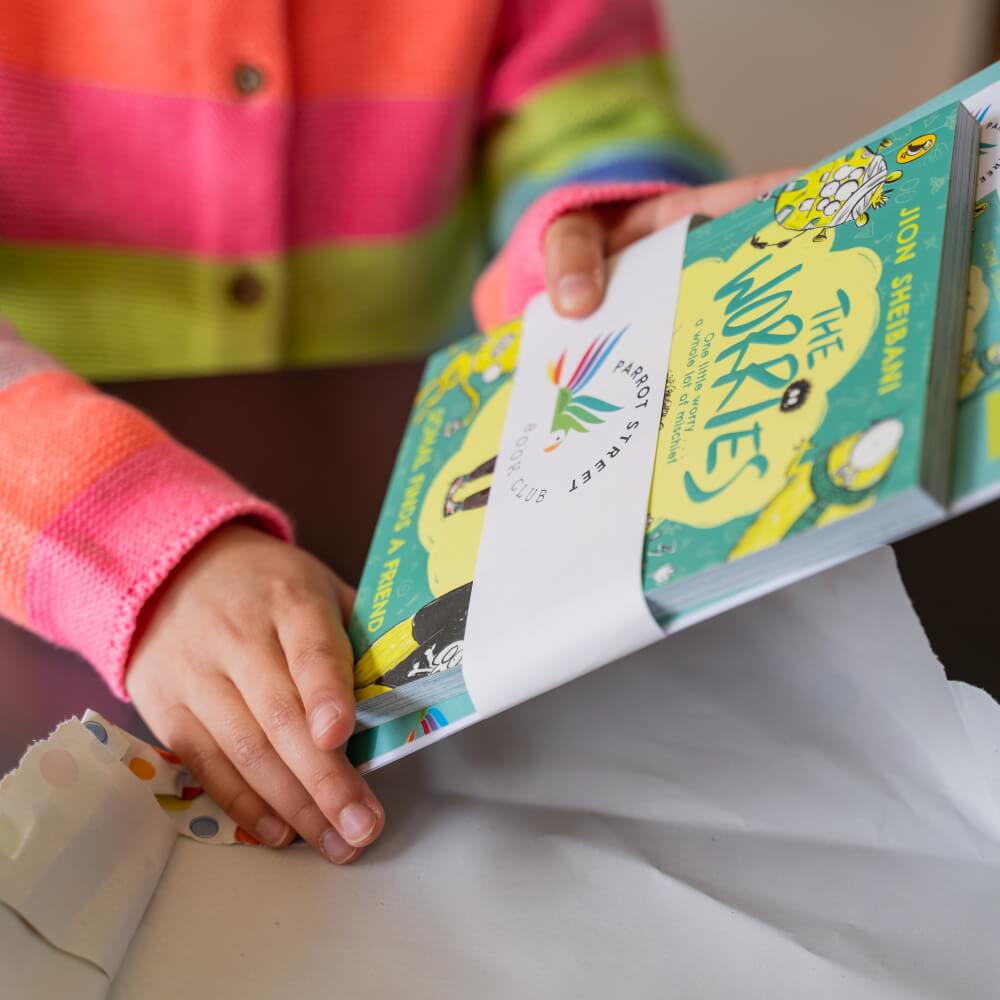Chaz Hayden on Diet Soda Club and contemporary real-world novels for early teens

One of the books we’ve sent our Macaw subscribers this month is a moving real-world family drama that celebrates the strength and resilience of young people in the face of extreme adversity, along with the importance of friendship and moral support (and how sometimes it comes from where you’d least expect it). Diet Soda Club also explores what it means to make some difficult choices in tough circumstances and how the line between right and wrong is so often blurred. It’s thought-provoking and relatable and perfect for early teens. Here author Chaz Hayden tells us about what inspired the story and its characters, and recommends some more contemporary real-world stories for this age group.
What inspired you to write Diet Soda Club?
In my debut novel, The First Thing About You, I touch on the idea of a sibling relationship where one has a disability and the other doesn’t. In that story, we understand the siblings love and support each other but I wanted to dive deeper. I wanted to dedicate an entire story to the interesting dynamics in this relationship. But what if the siblings don’t have the proper family support system? What if it’s just the two of them? Diet Soda Club was inspired by the idea of love, friendship, and trust.
Are any of the characters or events based on real people and their experiences?
They aren’t based on people I personally know but unfortunately we often see stories like this in the news and on social media. There will be times in the book where you might really dislike a character or question the viability of their predicament and choices, but I implore you to put yourself in their shoes and remember that sometimes we live in a very chaotic and confusing world. I will say, though, the love Reed and Beatrice have for each other is something I am fortunate enough to experience firsthand. I have a disability and grew up with a brother who is only a few years older than me and not disabled. Although we were lucky to never experience the challenges Reed and Beatrice face, it was understood we’d do anything to help and protect one another.
Would you say the book has a happy ending? Why or why not?
The book has an authentic ending which I believe is more important. When reading stories, we always want the happy ending and for all the loose ends to be tied up in a bow. But like real life, Reed and Beatrice’s story doesn’t end on the last page. Like a living person, there’s still repercussions of their choices and fractured relationships they have to deal with. I’m only giving the reader a glimpse at their life and I hope everyone understands that life is still a bit messy for them. Forgiveness is hard and takes time. Physically healing from an illness is hard and takes time. But the characters are at a better place in their life than when the story begins and that’s when we know the book is over.
What do you hope young readers will take away from the story?
I hope readers understand that this isn’t a sad disability story. A lot of times we see disability as a plot that someone is helpless and needs to be saved. My intention was to make sure everyone sees Beatrice as her own person. Sure, she needs help with certain things but she has her own hopes and dreams and is never afraid to voice her opinion. I also hope readers understand that, in the end, Beatrice saves herself.
Can you tell us anything about what the future holds for Reed?
I’ve always been a fan of allowing readers to use their imagination to decide what happens next. In the last paragraph of the book, Reed outlines some of the possibilities and leaves it to you to ponder. For Reed specifically, he now has a friend in Helena and perhaps something more. He also has to work on repairing the relationship with his mom. I will say, though, if you want a little update on Beatrice then I encourage you to read The First Thing About You. She’s not mentioned by name but she is talked about, maybe as a new friend of the older brother Ollie.
Why did you choose to write books for this age group?
YA and children’s literature is still the genre I love to read. Being an adult is actually quite boring but when you’re young, everything feels like a big deal and rightfully so. Adults have way too much apathy for their world around them and I appreciate the creativity a young mind has to solve problems. Never stop being creative!
Do you have a favourite place to write?
I have an office in my home where I write. There’s a large window so I can watch people pass by or stare at the beautiful snow in the winter. I’m also surrounded by some of my favorite books and memories hanging on the walls.
Which other contemporary real world stories for young people would you recommend our subscribers read next?
Highly Illogical Behaviour by John Corey Whaley is my favourite book by my favourite author. The Westing Game by Ellen Raskin is my all-time favourite book ever!
Copies of our Diet Soda Club pack, including a copy of the book and loads of fun activities to go with it, are now available for individual purchase. Grab a copy while stocks last!
This post includes affiliate links to our bookshop.org page, meaning we receive a small percentage of the sale should you purchase through them. Additionally, a percentage from all sales on the platform goes directly to local UK bookshops which is an initiative we're delighted to support!
JOIN OUR EMAIL LIST
Children's book news straight to your inbox
We love sharing product updates, book recommendations, children's activity ideas and special offers via email.


